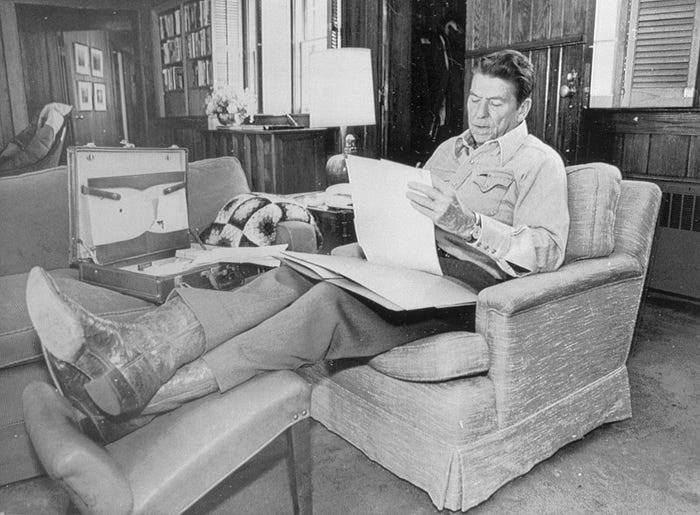Top Stories
Camp David Evolution: Key Changes Over Decades Revealed

UPDATE: Newly released images highlight the dramatic evolution of Camp David, the presidential retreat nestled in the Catoctin Mountains of Maryland, over the past 80 years. Established in 1942 by President Franklin D. Roosevelt, this iconic location has transformed from a rustic getaway into a modern diplomatic hub.
Camp David, originally named “Shangri-La,” was inaugurated by Roosevelt during World War II as a safer alternative to his preferred yacht vacations. This retreat has since been a haven for U.S. presidents seeking both relaxation and crucial meetings with global leaders.
Over the years, each president has added unique features to enhance the retreat. President Dwight Eisenhower, who rebranded it to Camp David in 1953, named it after his grandson. Eisenhower also introduced a helicopter landing pad, significantly reducing travel time from the White House to approximately 30 minutes.
In the 1970s, President Richard Nixon expanded the facilities by adding a swimming pool and paving gravel paths for easier access around the grounds. This 180-acre site has hosted numerous historical events, including the 1978 Camp David Accords, where President Jimmy Carter brokered a peace agreement between Egyptian President Anwar Sadat and Israeli Prime Minister Menachem Begin.
As modern decor trends shifted, so did the aesthetics of Camp David. Under President Joe Biden, the traditional plaid furnishings have been replaced with sleek leather chairs and updated lighting, marking a significant shift in the retreat’s ambiance.
In recent developments, former President Donald Trump utilized Camp David for high-stakes meetings during his tenure, including discussions on Middle Eastern strategies. However, he often preferred his own properties, deeming Camp David “very rustic,” according to reports from Axios.
Camp David remains a critical location for both leisure and diplomacy, with its rich history and evolving facilities reflecting the changing priorities of each administration. As the world watches, future presidents will undoubtedly continue to shape this iconic retreat into the next chapter of its storied legacy.
Stay tuned for more updates on the significance of Camp David in U.S. history and its role in future diplomatic endeavors.
-

 Science1 month ago
Science1 month agoIROS 2025 to Showcase Cutting-Edge Robotics Innovations in China
-

 Science2 weeks ago
Science2 weeks agoUniversity of Hawaiʻi at Mānoa Joins $25.6M AI Initiative for Disaster Monitoring
-

 Lifestyle1 month ago
Lifestyle1 month agoStone Island’s Logo Worn by Extremists Sparks Brand Dilemma
-

 Health1 month ago
Health1 month agoStartup Liberate Bio Secures $31 Million for Next-Gen Therapies
-

 Lifestyle1 month ago
Lifestyle1 month agoMary Morgan Jackson Crowned Little Miss National Peanut Festival 2025
-

 World1 month ago
World1 month agoBravo Company Veterans Honored with Bronze Medals After 56 Years
-

 Health1 month ago
Health1 month agoTop Hyaluronic Acid Serums for Radiant Skin in 2025
-

 Politics1 month ago
Politics1 month agoJudge Considers Dismissal of Chelsea Housing Case Citing AI Flaws
-

 Science1 month ago
Science1 month agoArizona State University Transforms Programming Education Approach
-

 Business1 month ago
Business1 month agoTruist Financial Increases Stake in Global X Variable Rate ETF
-

 Sports1 month ago
Sports1 month agoYamamoto’s Mastery Leads Dodgers to 5-1 Victory in NLCS Game 2
-

 Top Stories1 month ago
Top Stories1 month agoIndonesia Suspends 27,000 Bank Accounts in Online Gambling Crackdown








